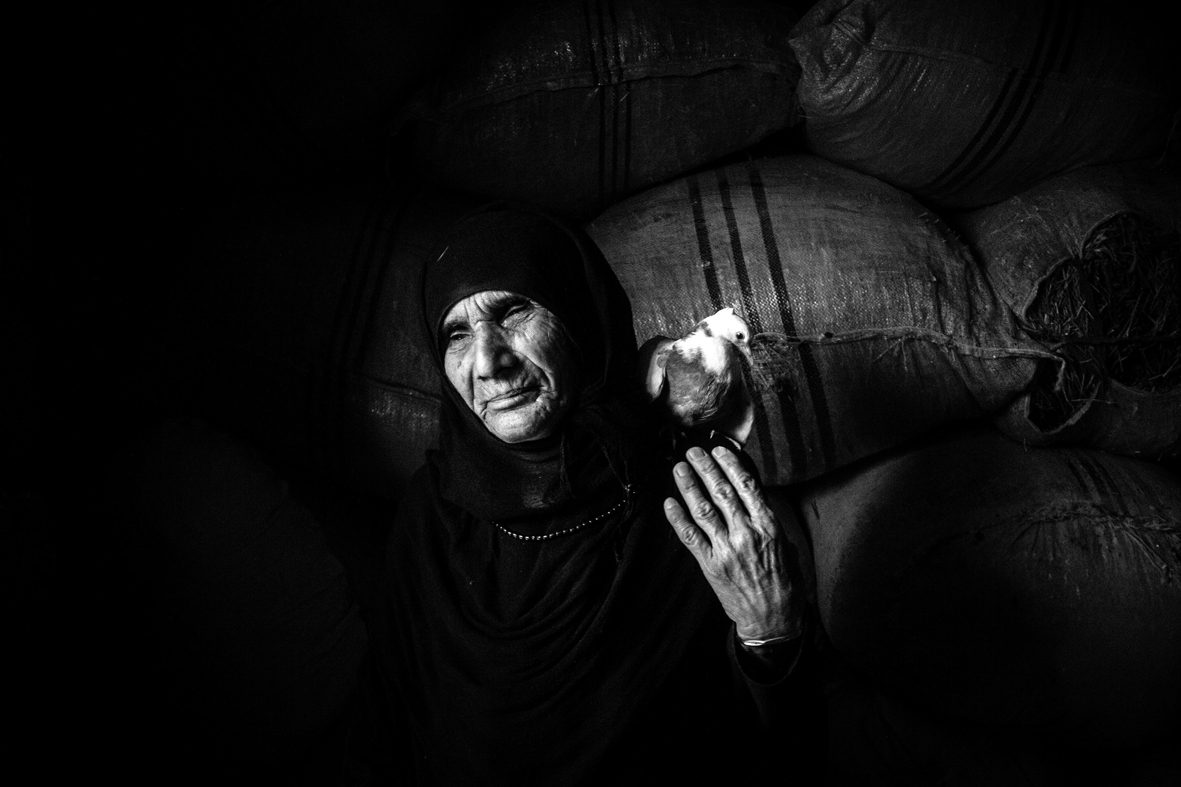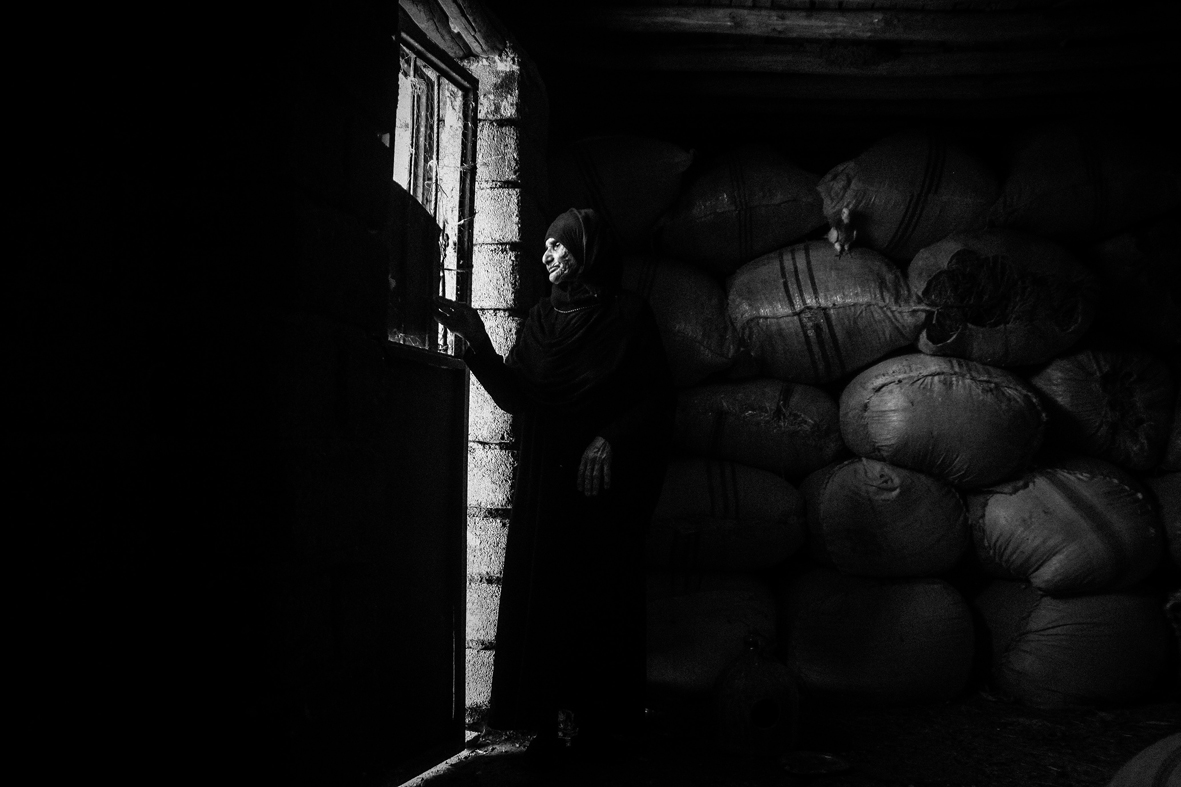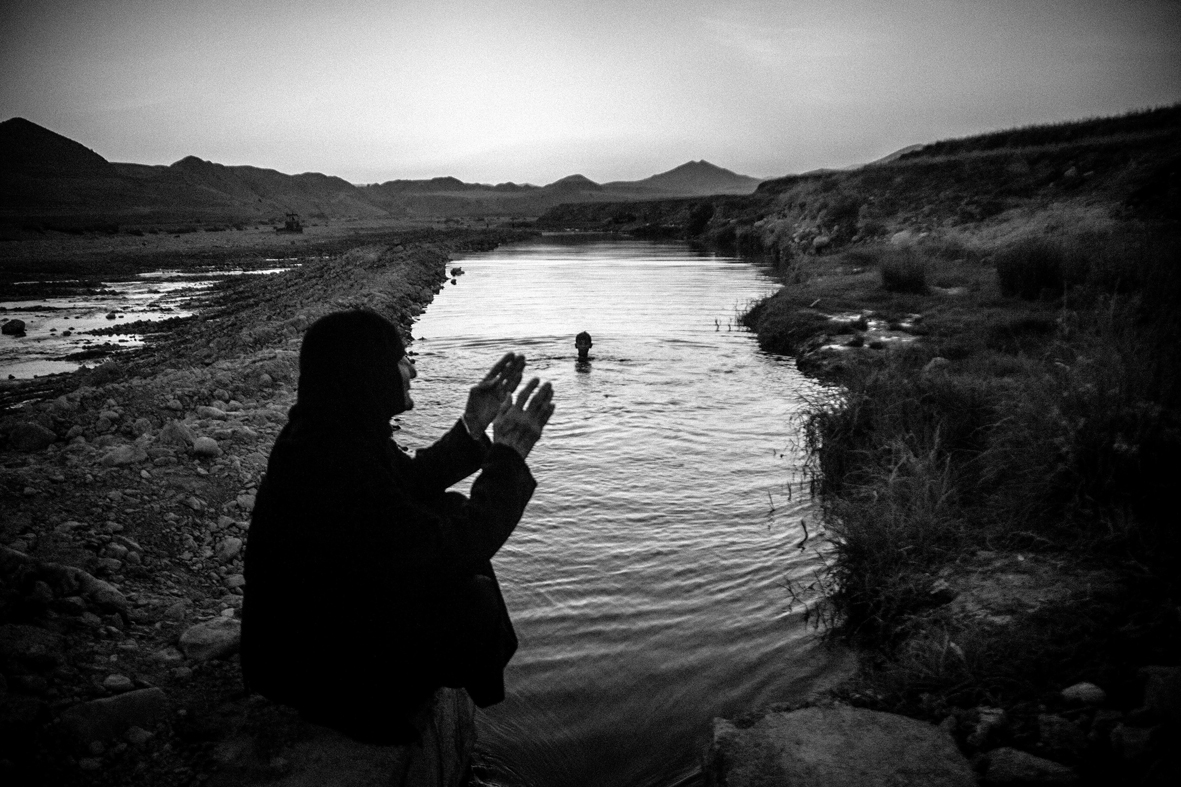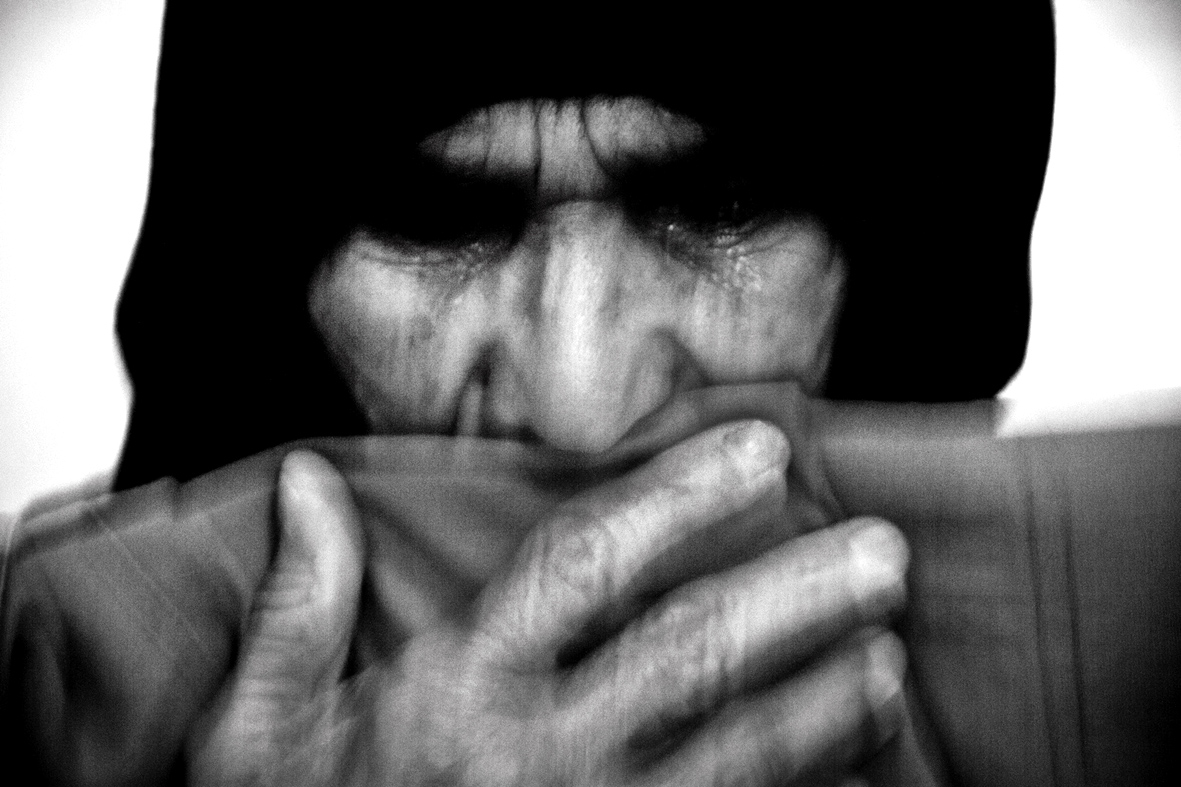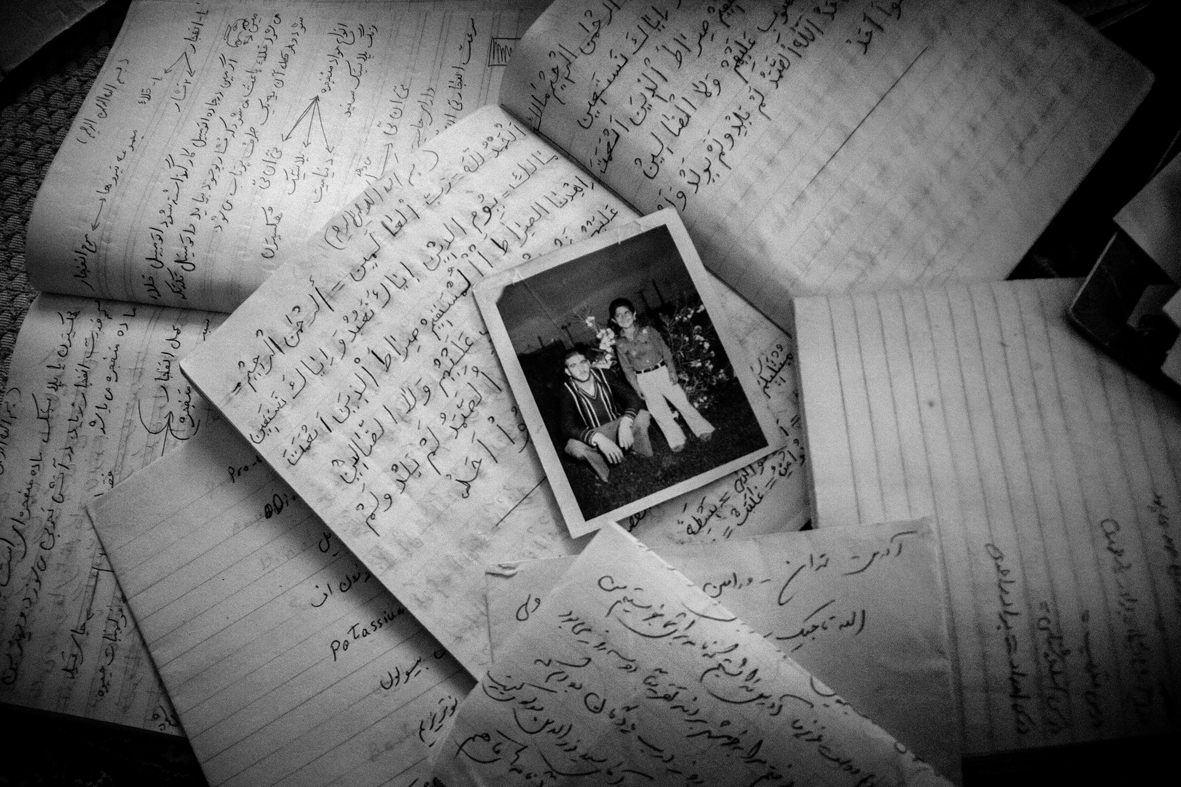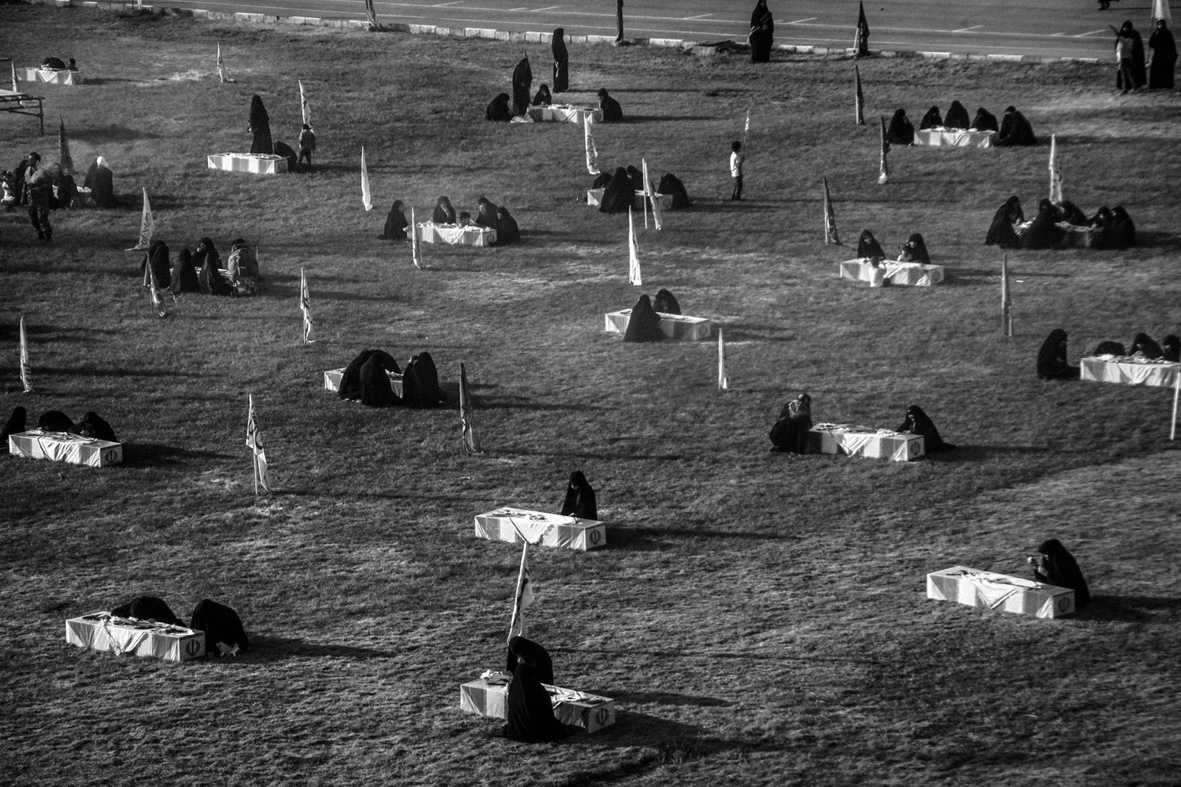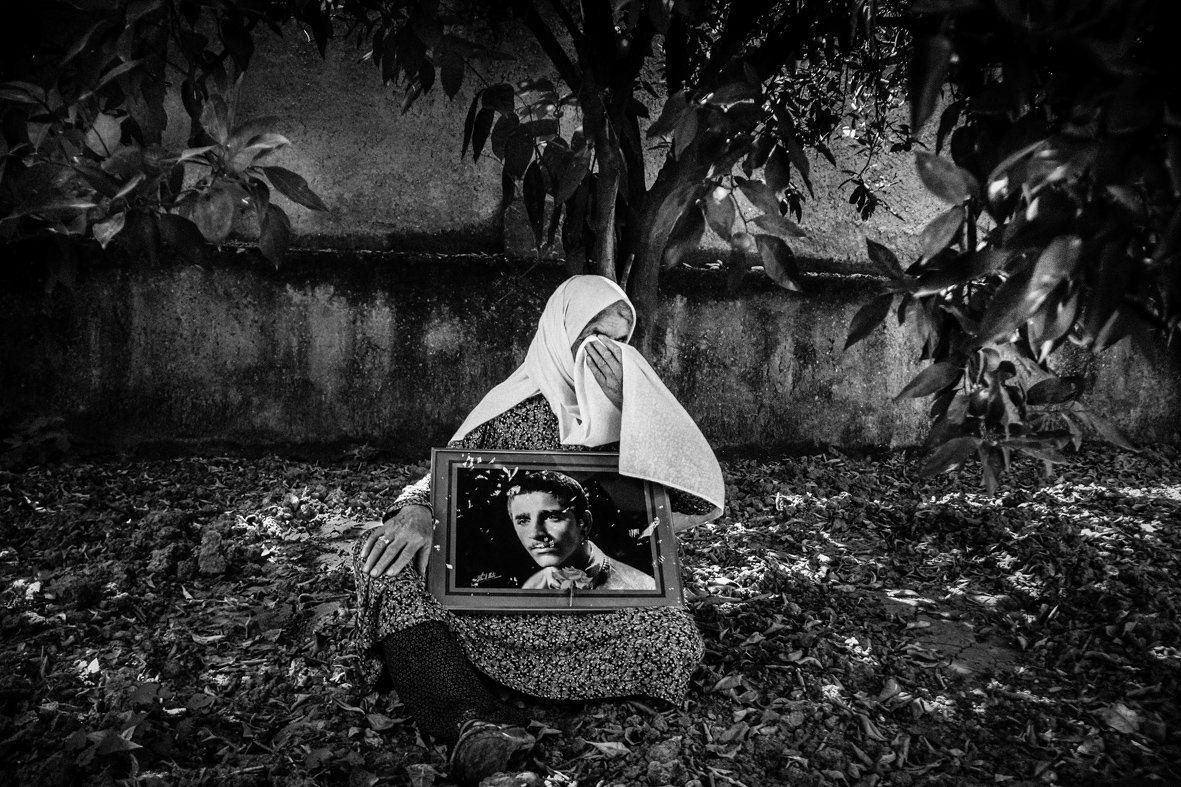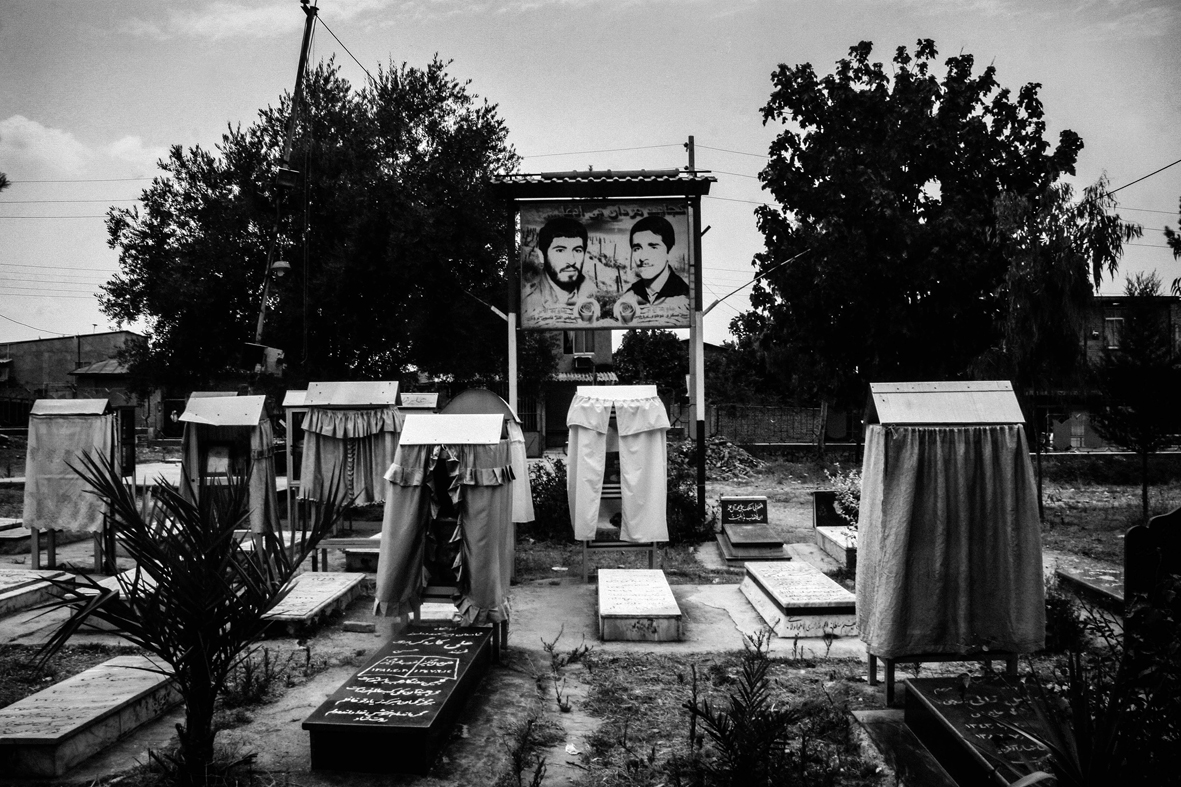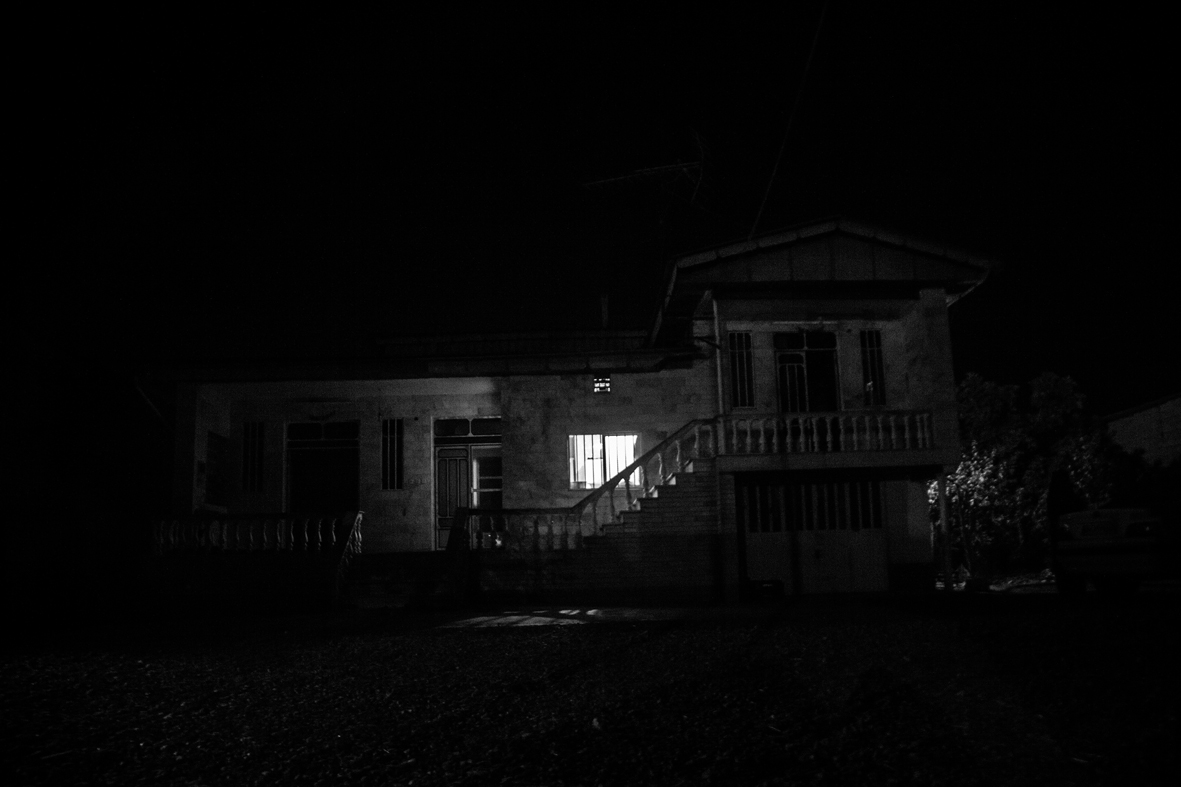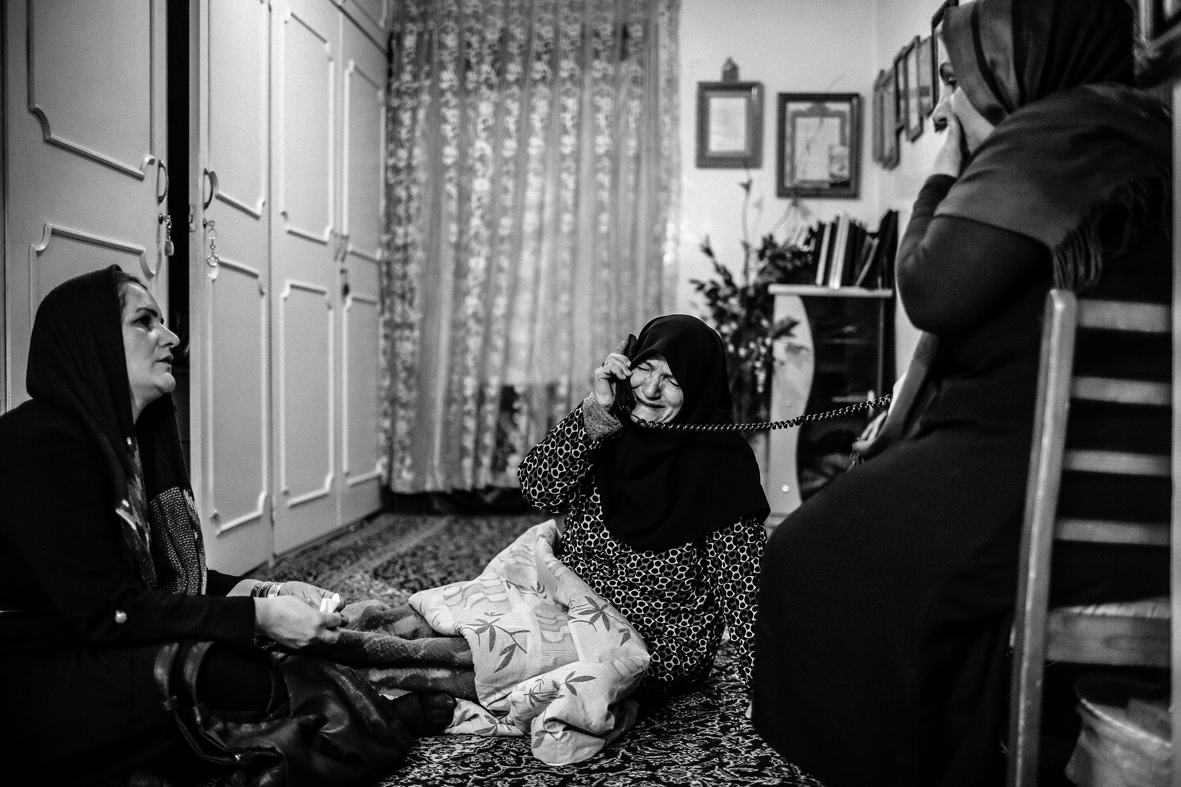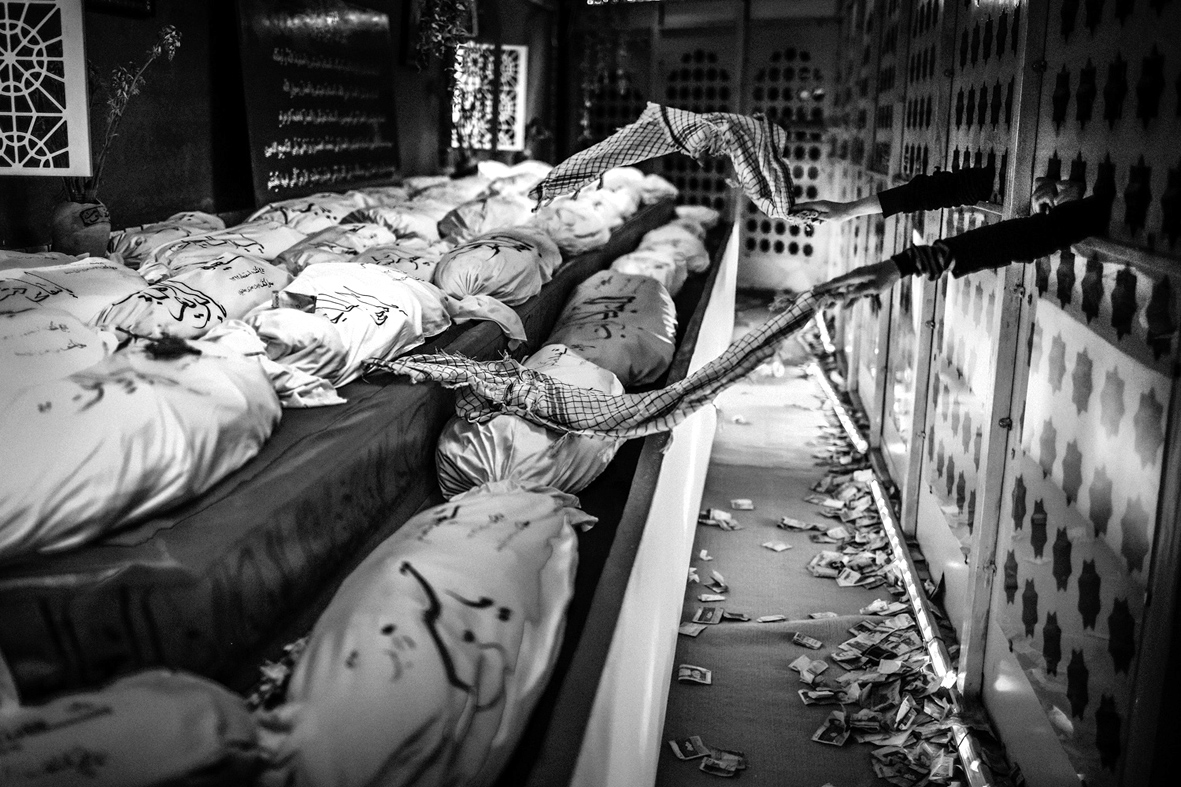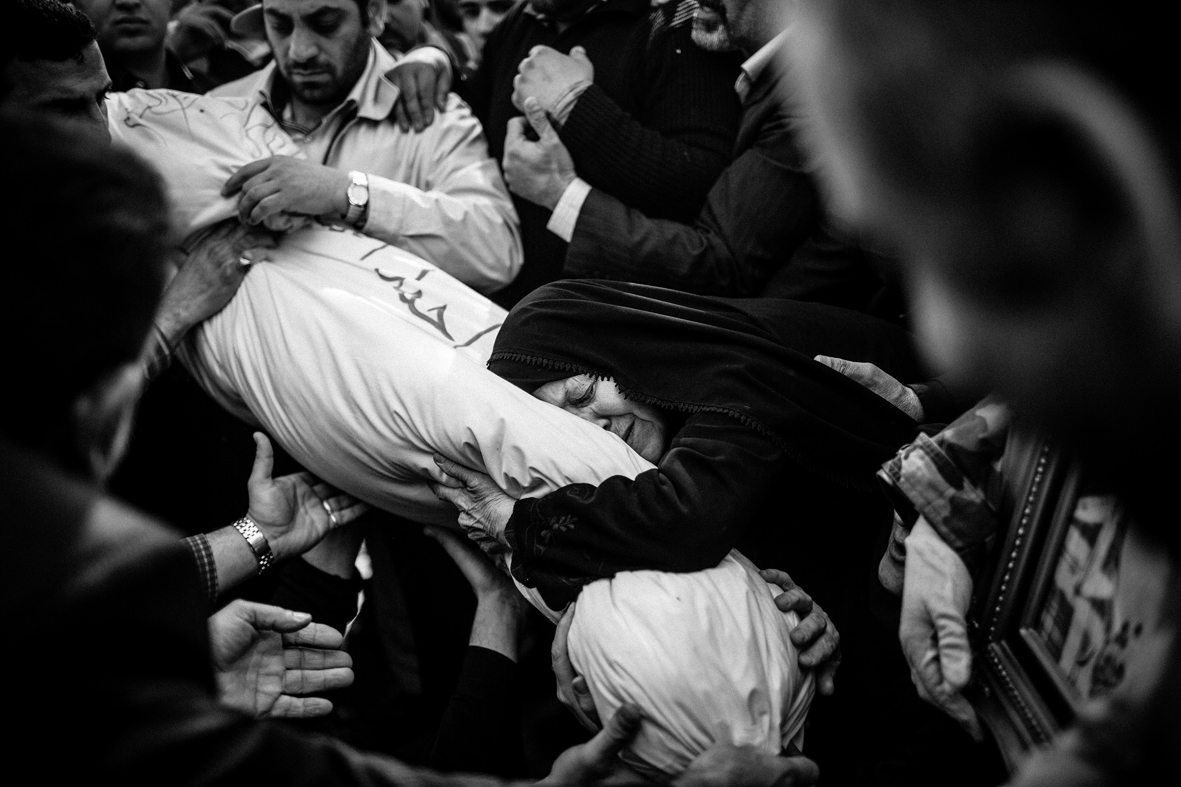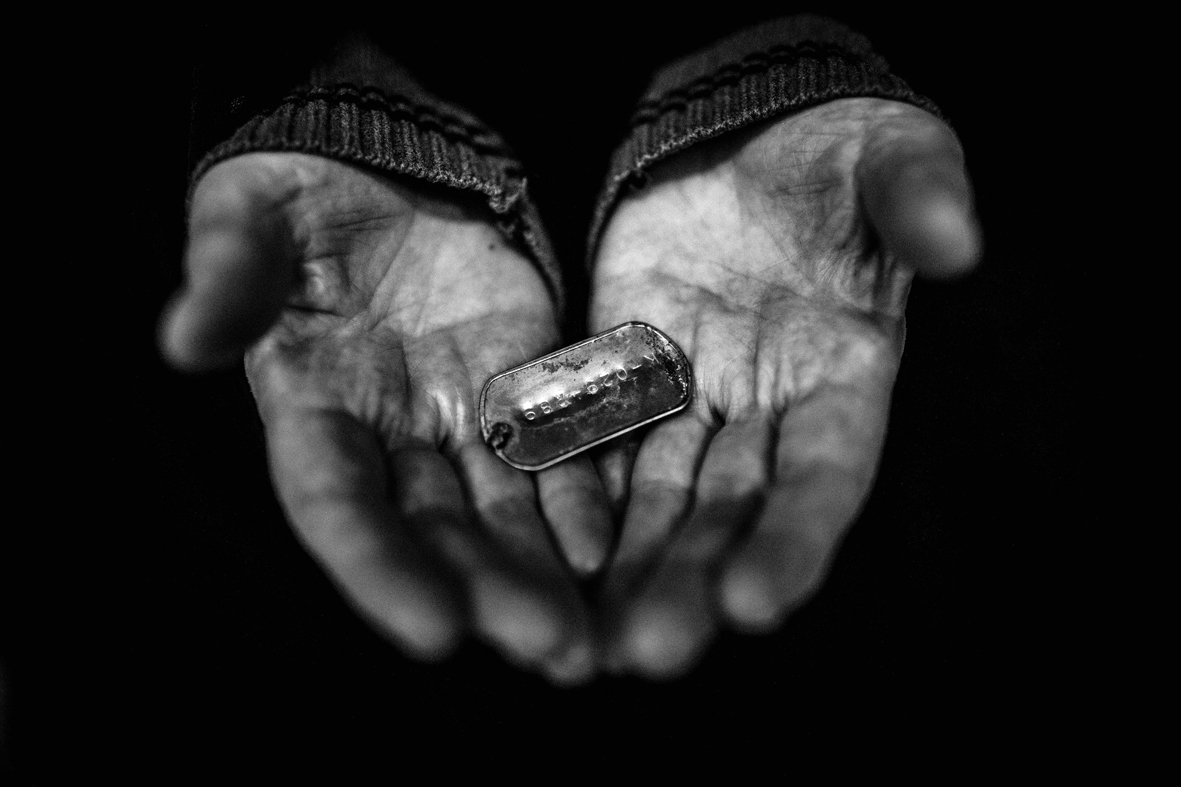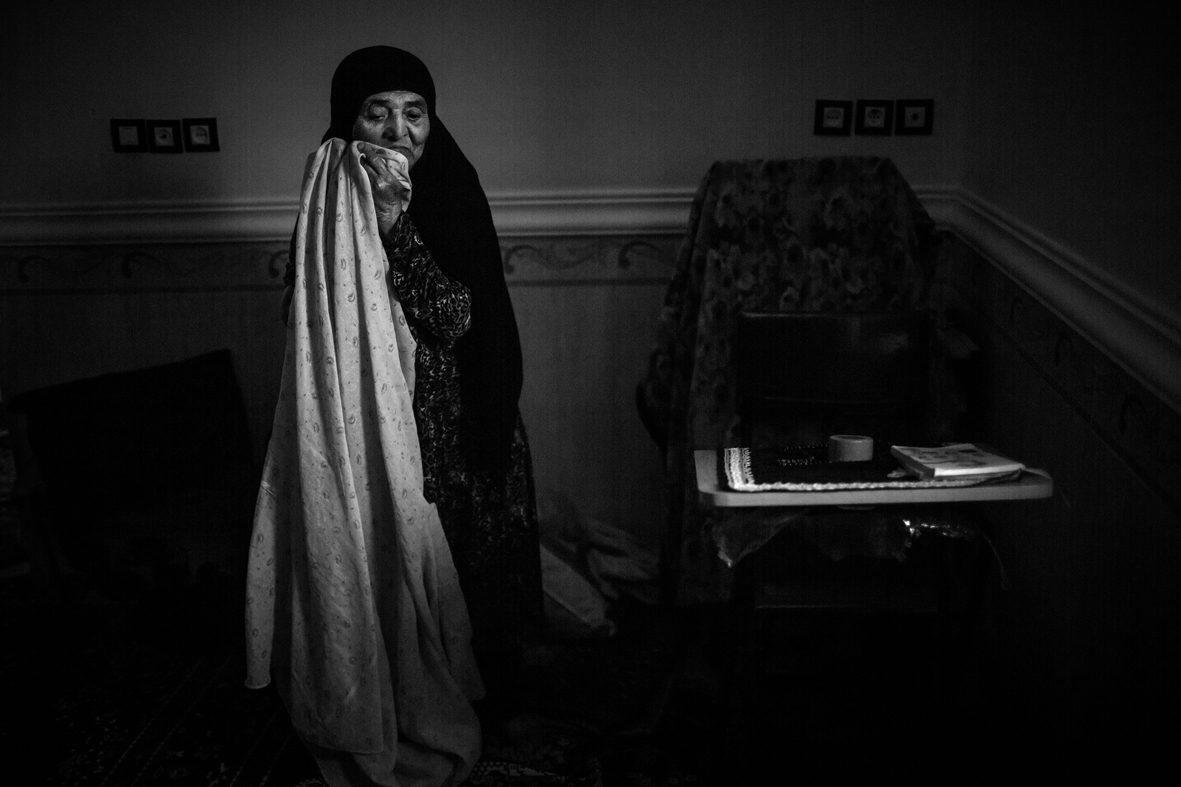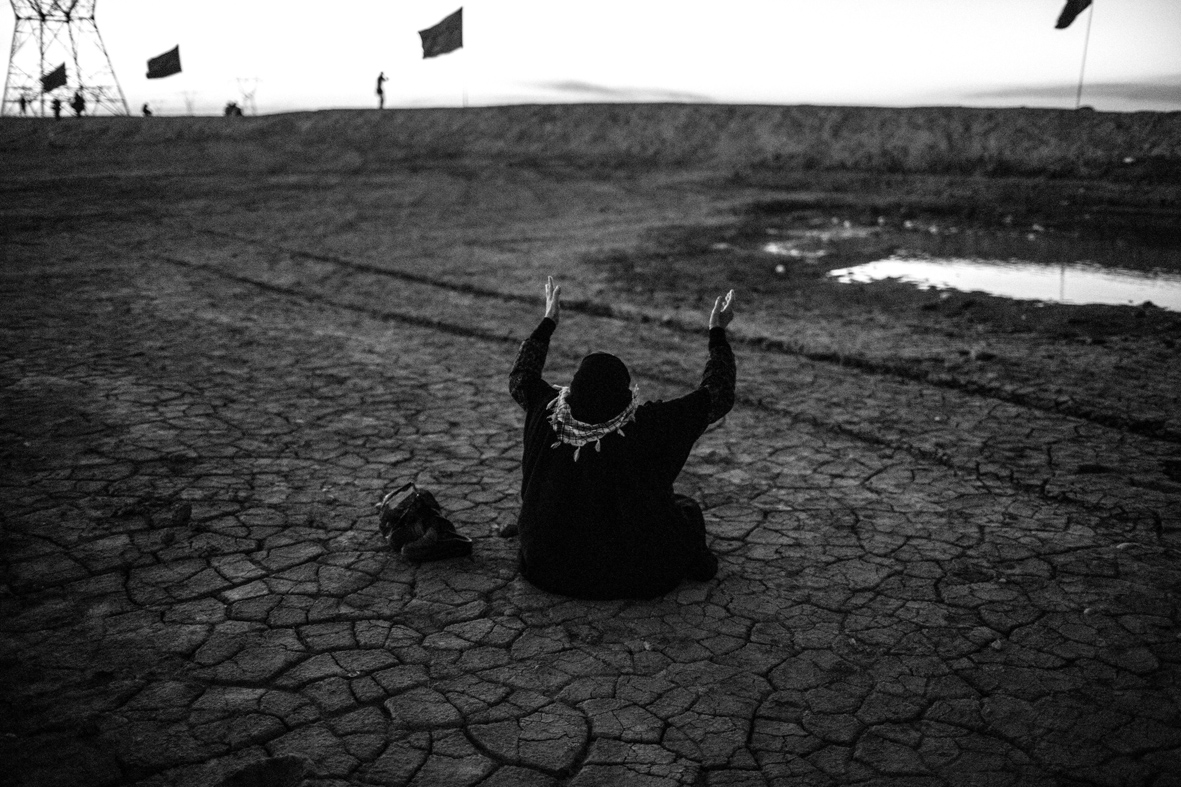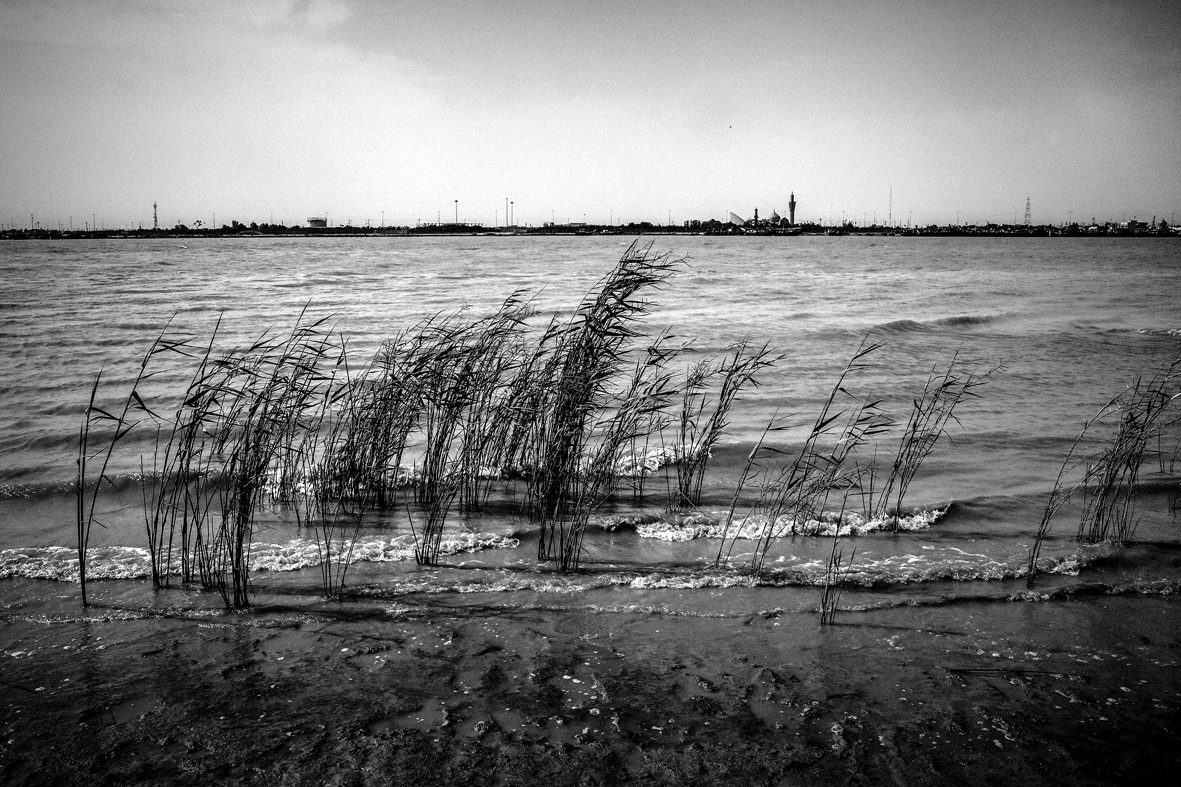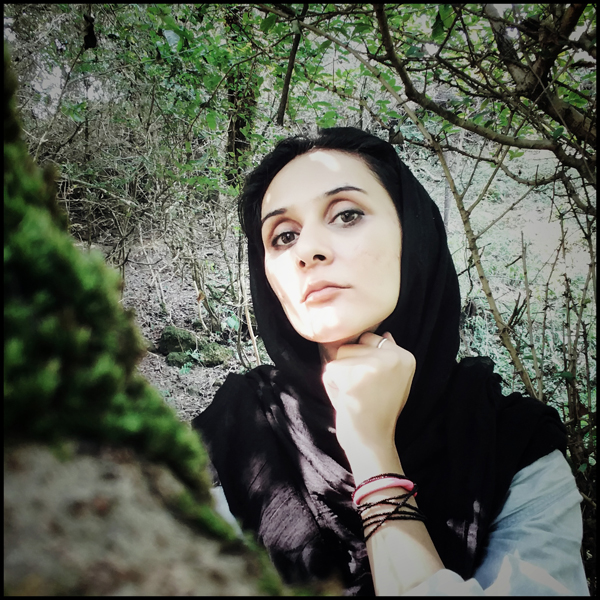Fatemeh Behboudi
Personally, I was born during this war and all of my childhood and youth were spent in the name of war. Every day I heard that the corpses of a large number of Iran-Iraq war martyrs had been brought back. I went with my family to welcome the bodies of unknown martyrs and saw mothers who were searching for the bodies of their sons.
Since then, many questions were formed in my mind about war.
How many people were killed in all the wars in the world? How many soldier bodies were never found in all the battles? And their mothers were waiting for the bodies of their lost sons … Why are the wounds of war so deep, whose pains are never forgotten? Why are the victims of war never the same people after this event? What change happens in them? And at last, what is the truth?
These questions gave me an idea to work on the effects of war in Iran and ” Mothers of Patience ” is my first part of this idea . I worked on this project for four years and traveled to 15 cities of Iran .
Mothers of Patience
It’s been so many years where all she can do is cry when anguished.
Today, due to all her crying, she cannot see anymore.
It’s been so many years that she has hidden her pains behind a smile so that nobody knows what grief and love have been hidden in her impatient heart.
It’s been so many years that she has been living for others in silence…
but no one knows that her sobs have obstructed her throat and she can no longer say even a lullaby.
She is a mother.
A mother who everyday hopes to receive a call or hear the sound of the doorbell so that maybe—one day, one person—there is some news from her lost son.
The Iran-Iraq War (1980-88) was one of the bloodiest conflicts of the 20th century. This series recounts the grief of the mothers of missing soldiers who live in hope of finally seeing their sons again—or at least holding a body to bury.
The war between Iran and Iraq started on September 22, 1980, with Iraq’s massive aggression against the Iranian territories. The war lasted 8 years and over 200,000 Iranian soldiers were killed. The war—which was called the longest conventional conflict of the 20th century—ended in July 1988 after the two countries accepted the UN resolution 598. After the war, it was revealed that the bodies of over 10,000 Iranian soldiers were missing and there is still no sign of them.
In recent years, the bodies of 7,000 Iranian martyrs have been found in Iranian territories, but due to their unknown identity, they have been registered as anonymous martyrs and were buried. At present, the bodies of 5,000 Iranians are still in Iraqi territories.
This is a story about the mothers of those missing Iranian martyrs who, after 31 years, narrate how they have spent their years in pain, expectation, love and hope to find their sons. They are waiting to find the corpses of their children in the last days of their life, some waiting in vain.
The project quickly flourished through social media, striking a chord in its method to address a complex issue in a creative way, while creating a much needed platform for women to speak out. The internationally recognised photo project has received broad media coverage, and has collaborated with numerous women’s organisations while branching into workshops, distinguished lectures, films and exhibitions.

